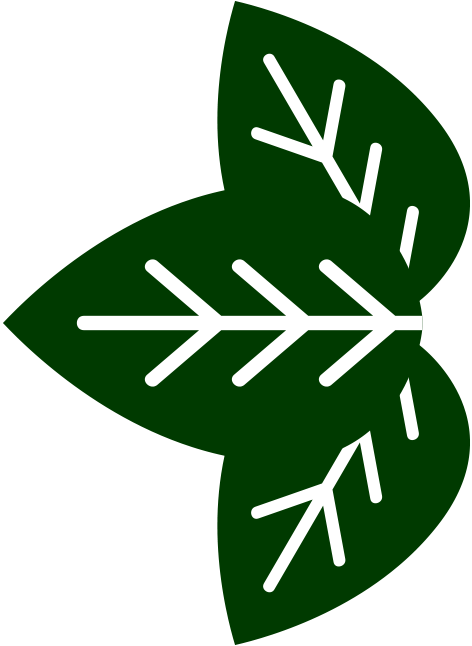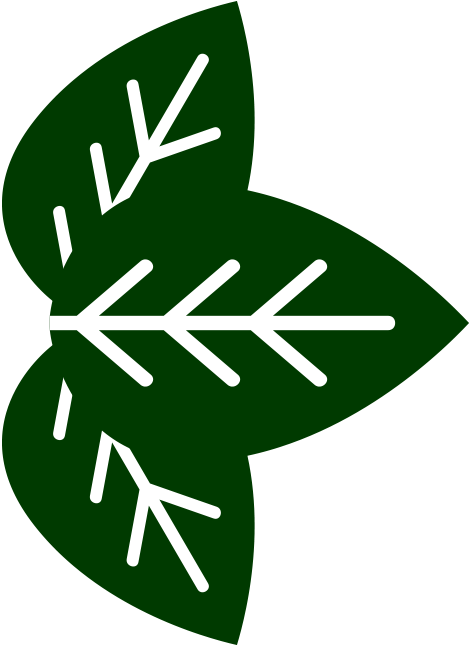WATERING IN CLAY SOILS:
A. First 3 weeks – every other day. B. Fourth week and after – once a week.
Small – 1 gal. Small – 2 gal.
Medium – 2-3 gal. Medium – 3-5 gal.
Large (small tree) – 5-7 gal. Large – 5-10 gal.
X-large – 10 gal. X-large – 10-15 gal.
NOTE: Sandy soil and good topsoil are harder to over-water, so we are not afraid to recommend adding water to the soil. Watering by hand is still recommended, but you can apply more water more frequently than with clay soils.
WATERING IN SANDY SOILS:
A. First 3 weeks – every other day. B. Fourth week & after – every 5 days.
Small – 2 gal. Small – 2-3 gal.
Medium – 3-5 gal. Medium – 5 gal.
Large – 7-10 gal. Large – 10-12 gal.
X-large – 10-15 gal. X-large – 15 gal.
NOTE: Obviously the time of the year plays a part in determining how much to water. Springtime with all the rain showers might be less. Summertime especially if it is dry should be more. Most plants like moist, not soggy, conditions so water accordingly.
WATERING PROBLEMS:
- Over-watering – especially in clay soil in the Spring.
- Under-watering – new installation especially in the Summer.
- Run-off – applying the water too fast with too much pressure will cause the water to run off. This is especially true if a weed control fabric was used.
- Dry Root Ball – Sometimes (especially if water is applied too fast or with a sprinkler) the ball of soil that contains the roots dries out. The ground around the ball is moist, but the soil that the roots are living in is dry. The only way to check this is to dig down next to the trunk and feel the dirt in the root ball. Placing the hose by the trunk and letting it trickle solves this.
II. SHRUB MAINTENANCE – FERTILIZING:
Either fertilizer tablet or mushroom compost (a component in our planting mix) was used when we planted. This is the bare minimum to keep the plant going this year.
We recommend some type of liquid fertilizer (such as Rapid-Gro or Miracid) be applied to the foliage at least once a month. The next Spring, apply a fertilizer pellet or spike to the plant and continue with the liquid fertilizer.
III. SHRUB MAINTENANCE – WEED CONTROL:
No matter how many chemicals, how thick the mulch or which weed control fabric is used, you are bound to get weeds in your shrub beds.
A pre-emergent weed control was applied to the soil just before the mulch was applied. This creates a vapor barrier under the mulch so that any weed seed germinating or coming up through this barrier will be killed. This chemical will last one year and then should be re-applied. This can be done on top of the existing mulch.
Sometimes because of high temperature or excessive water, this chemical breaks down prematurely and you don’t get the control you’d like; therefore, it is a good idea to re-apply this granular product about three months after installation.
Ideally, this chemical will control the weeds in the landscape, but there are some weeds that are not affected. Sometimes it breaks down, sometimes it just doesn’t work as it should. Normally in those cases, weeds will spring up here and there in the beds. DO NOT PULL THEM! This would disturb the vapor barrier and defeat the chemical’s purpose. Instead, apply a chemical called “Roundup” directly to the weed foliage, being careful not to get it on the foliage of the good plants. It will kill root and all. After weeds are completely dead, just cut them off at ground level. If however you do not feel comfortable with spraying Roundup, pull them and add a little pre-emergent.
Mulch should be kept 3-4” thick for best control. As the mulch on the bottom decomposes, periodic “top dressing” will be necessary.
IV. SHRUB MAINTENANCE – INSECT CONTROL:
All plant material is susceptible to some kind of insect or disease. Control is applied when the insects appear. Prevention is extremely difficult.
Insecticides can be dangerous. Care in application and handling is necessary. Re-apply after a rain when leaves are dry and wind is calm.
We divide insects into 3 categories by the way that they damage the plants:
Chewing insects.
Sucking insects.
Boring insects.
Chewing insects (caterpillars, Japanese beetles, worms, etc.) actually eat leaves and stems. To control them, apply an insecticide to leaves and stems so that when the insect eats the plant it ingests the poison and is killed. Malathion and Sevin are effective treatments.
Sucking insects (red spider mites, aphids and scale) do not eat the plant. Instead, they suck the juice out of the plant. Control here is a little bit harder in that the chemical must be absorbed into the plant so that the insect can suck it up. Bayer Tree and Shrub works the best. Boring insects are actually living on the wood tissue inside the plant.
Dogwood, birch and lilac have real problems with borers. Once the insect is inside the plant, control is extremely difficult. A systemic insectide such as Bayer Tree and Shrub can sometimes control them. Borers do not stay in the plant indefinitely. They can be effectively controlled when they appear on the surface areas of the plant.
Chemicals can be dangerous, expensive and ineffective if not used properly. Bring in a specimen on a leaf or branch for us to inspect and we’ll make sure you use the right “stuff.”
V. SHRUB MAINTENANCE – PRUNING:
All shrubs should be trimmed to keep them looking good.
- Evergreens that only grow once a year. Trim just after new growth appears.For example Spruce/Pine –
- Evergreens that grow throughout the year. Trim anytime. For example Juniper/Yew
- Flowering Shrubs and Trees that are Spring flowering. These plants bloom on last year’s growth. Trim within one month after blooming. Examples: Magnolia, Forsythia.
- Flowering shrubs and trees that are Summer blooming. These plants bloom on new growth. Prune late March to early April to promote new growth. Examples: Potentilla, Abelia, Spirea.



